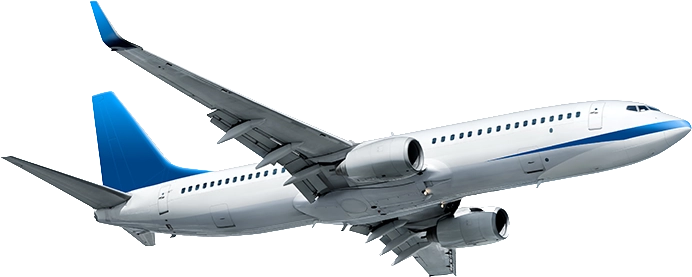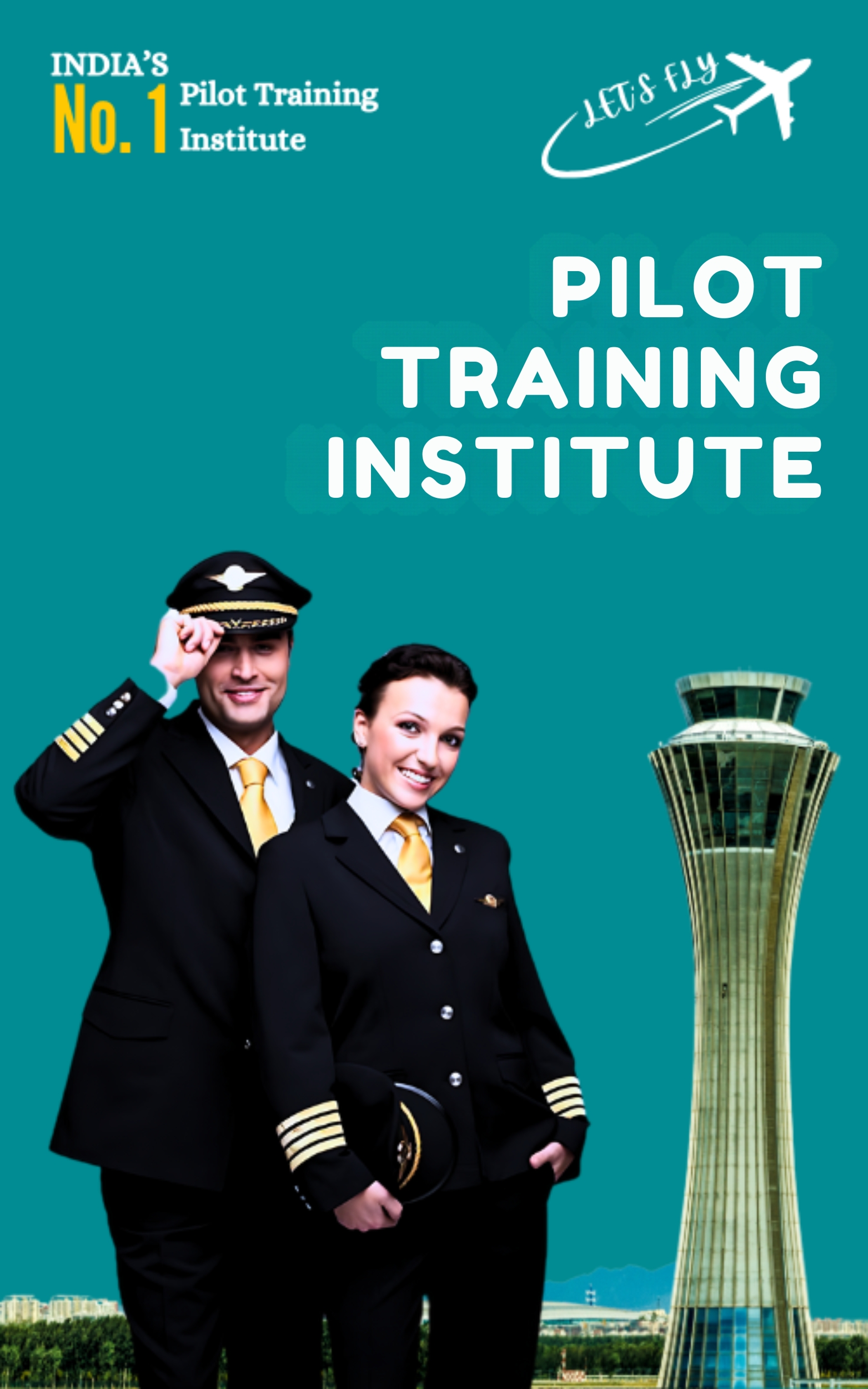How to Become a First Officer: A Simple Step-by-Step Guide
For those who aspire to become a pilot, the position of a First Officer is appealing. A First Officer, or Co-Pilot, assists the Captain in operating a commercially flown aircraft. Like any career path, this includes a lot of passion, proficient skills, and a long-term goal that requires patience. Here, we will discuss the steps needed to reach the position of First Officer and the roles that come with it.
First Officer Quick Overview:
A First Officer helps the Captain fly the aircraft, is ready to assume command, and is trained to handle emergencies.
To become a First Officer, one must have academic qualifications, appropriate flying experience, relevant licenses, and accumulated flight hours.
The important skills for a First Officer are working with others, having good interpersonal communication, understanding the complexities of decisions made, and having a technical comprehension of aviation.
What is a First Officer?
A First Officer is the second in command on an airplane. Rank right below the Captain. They assist the Captain in maneuvering the Flight and are allowed to fly the plane in some scenarios. The Captain is directly in charge of the aircraft and is responsible for the Flight, but the First Officer is equally involved in achieving many duties.
First Officer vs.Captain
Some aspiring pilots often wonder about the key differences between first officers and captains. Although both of them have licenses as pilots, here are some differences that stand out:
- Captain (Pilot in command): The Captain is the decision-maker of the Flight and has the overarching authority to control safety procedures and the rest of the Flight. And evaluates how the Flight should be conducted along with the other crew members.
- First Officer (Co-pilot): The first officer is tasked with operating the aircraft under the supervision of the Captain. He/she/they is the second in command within the plane’s hierarchy. While under the Captain’s supervision, they gather experience and knowledge.
How to Become a First Officer: A Step-by-Step Process
Complete your Education
Many airlines are known to favor applicants with bachelor’s degrees, though it is not a definite requirement. Some of the majors you can choose are:
- Aviation
- Aerospace Engineering
- Aviation Management
- Aeronautical Science
Achieving a bachelor’s degree will give you a good grasp of the aviation sector alongside fulfilling the requirements of the FAA (Federal Aviation Administration).
Obtain Your Private Pilot License (PPL)
The journey begins with getting a Private Pilot Certificate, which permits you to fly a small airplane. First, you must sign up for an approved flight academy, undertake the required lessons and training, and pass an exam.
Get An Instrument Rating
You will also need an Instrument Rating to fly under varying weather conditions. This allows you to navigate an aircraft by referencing instruments rather than visual aids. This credential requires an extra ten weeks of training and logged flying hours in real planes and simulators.
Procure a Commercial Pilot License (CPL)
The next step is getting paid to fly, so you must obtain a Commercial Pilot License. This allows you to get paid for flying, and to qualify, you need to log a certain number of flying hours, complete the training, and pass an exam.
Get a Flight Instructor Certificate (Optional)
An optional certification for experienced pilots is the Flight Instructor Certificate. While this additional qualification can help you earn more flight hours, it also serves as an added benefit for the instructor’s resume and overall experience.
Earn a Multi-Engine Rating
Before flying larger commercial planes, a Multi-Engine Rating is needed. This permits a pilot to fly with multiple engines and is necessary for commercial aviation. Once your training is finished, you must pass a written exam to complete this certification.
Build Flight Hours and Experience
A minimum of 1,500 flight hours are needed to qualify as a First Officer, although some flight schools may accept a lower mark. Working as a flight instructor or flying to work for smaller aviation companies are good ways to gain that experience.
Acquiring the requirements for an ATP Certification.
The last and final step entails getting your ATP Certificate, the previous phase in achieving Airline Transport Pilot Certification, and the last milestone before getting employed by significant commercial airlines. You can qualify for First Officer roles if you finish the ATP training and clear and pass the exam.
First Officer Training Programs and their costs in India
Co-pilot, or First Officer, is a position in great demand, and it is one of the crucial steps in seeking pilot jobs. It involves specialized training programs that equip pilots with the skills required and needed to operate commercial aircraft, assist and help the Captain, and ensure the safety of crew and passengers. In India, many prominent institutions offer First Officer training, with courses designed to meet the specific requirements of the aviation industry.
First Officer Training programs in brief
Generally, the First Officer training program comprises the following sections:
- Formal Education(Theoretical Knowledge)
- Subjects that are taught in a classroom
- Air Law
- Aircraft Systems
- Meteorology
- Flight Planning
- Human Factors
- Navigation
- Operational Procedures
These classes form a necessary and important part of first officer training to enable the student to acquire the knowledge needed to operate commercial aircraft.



